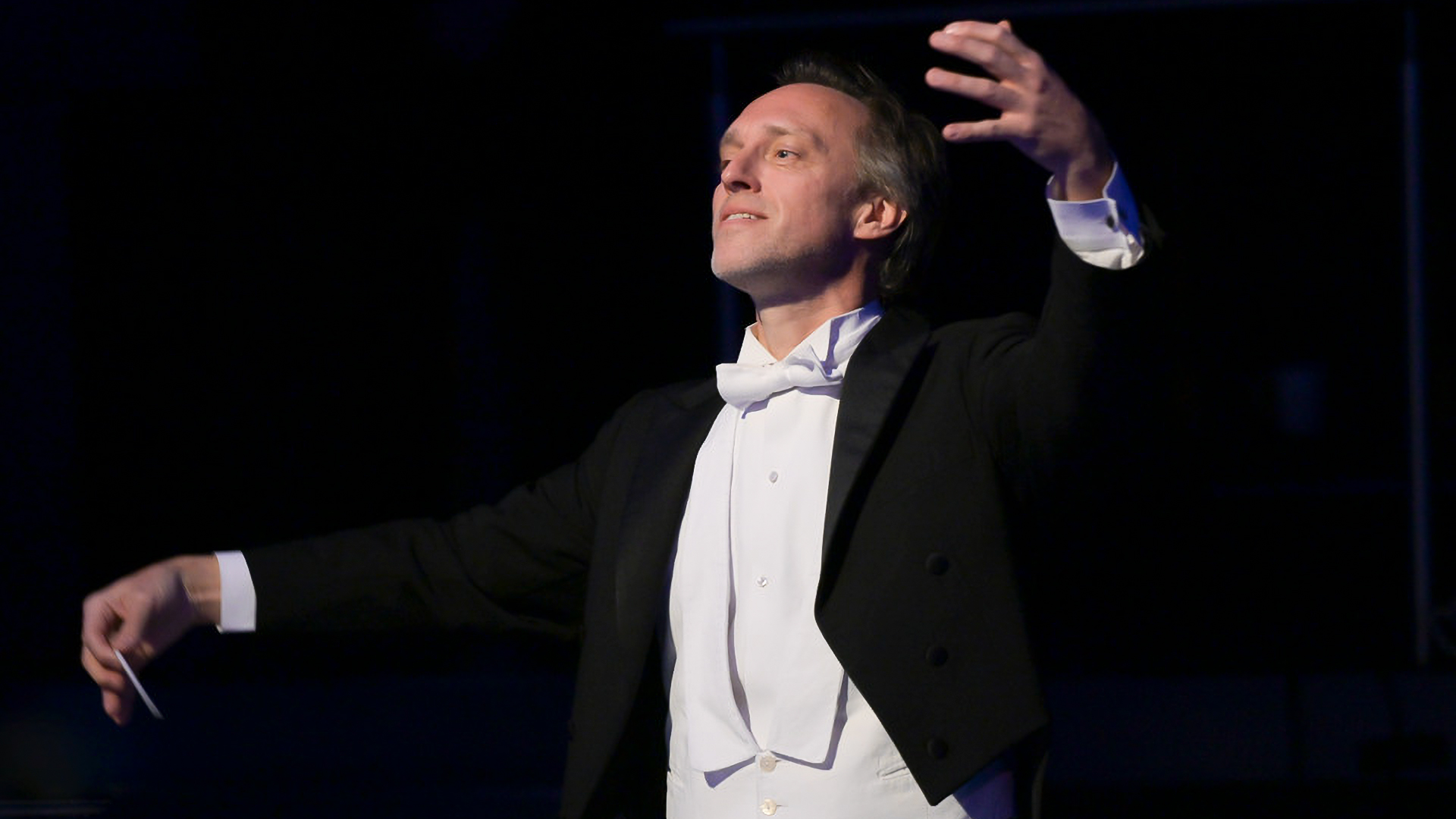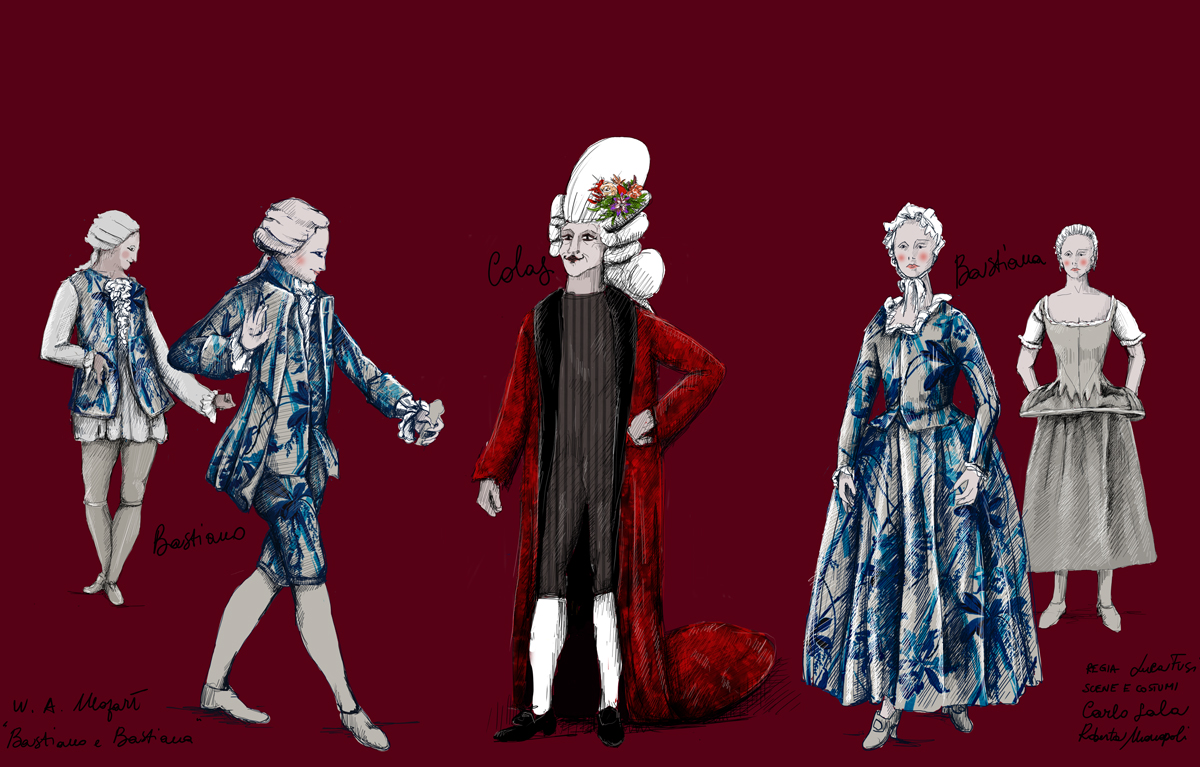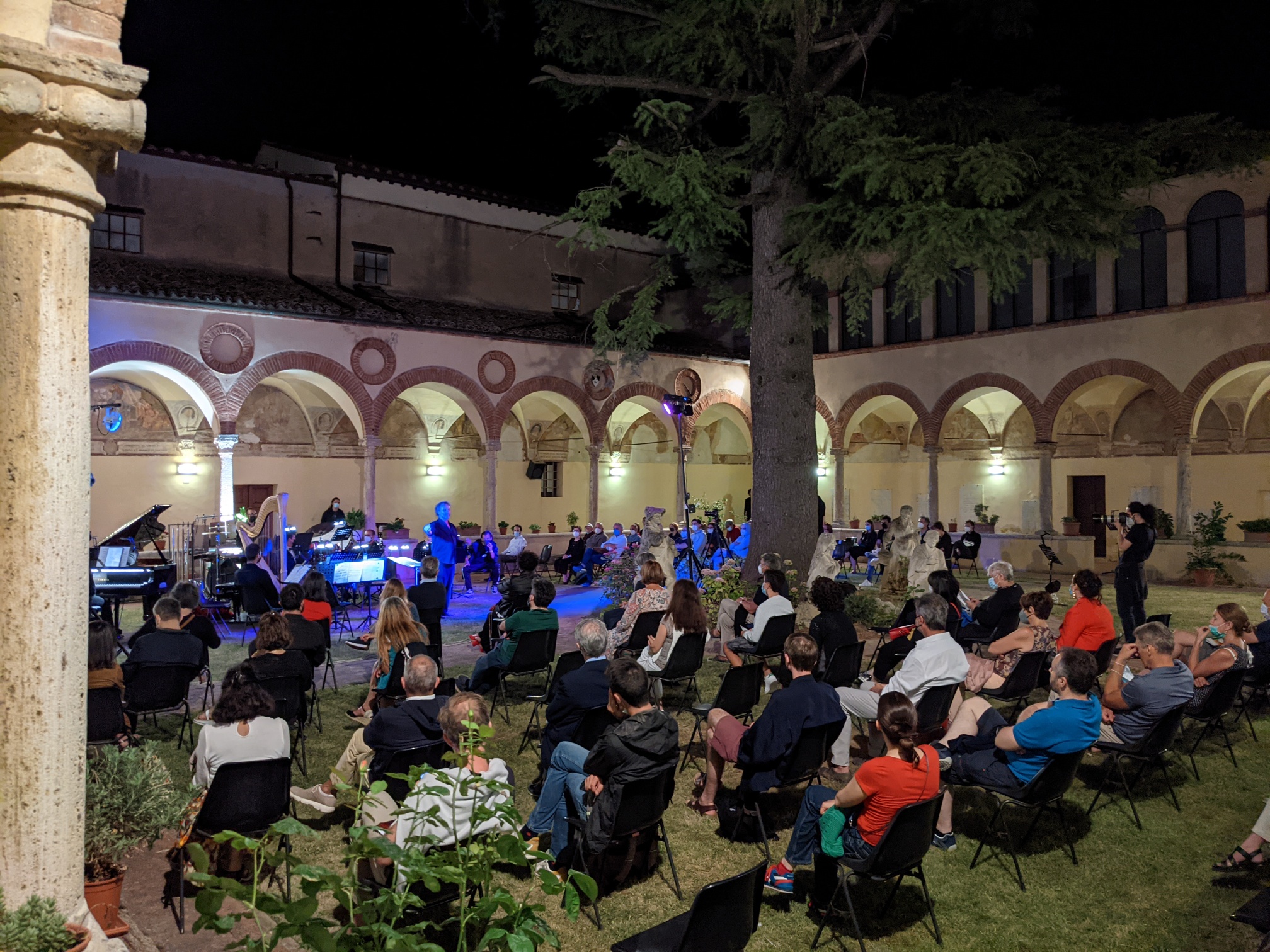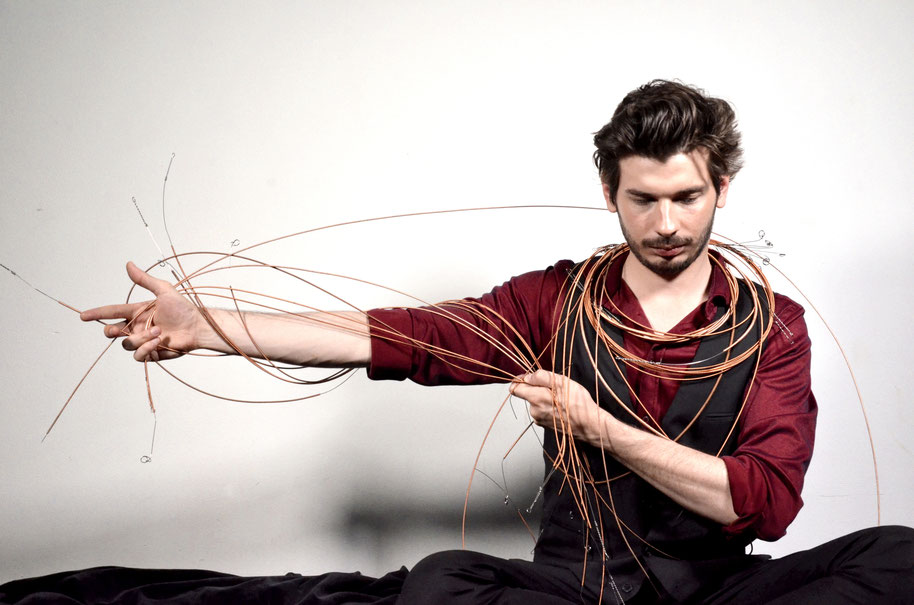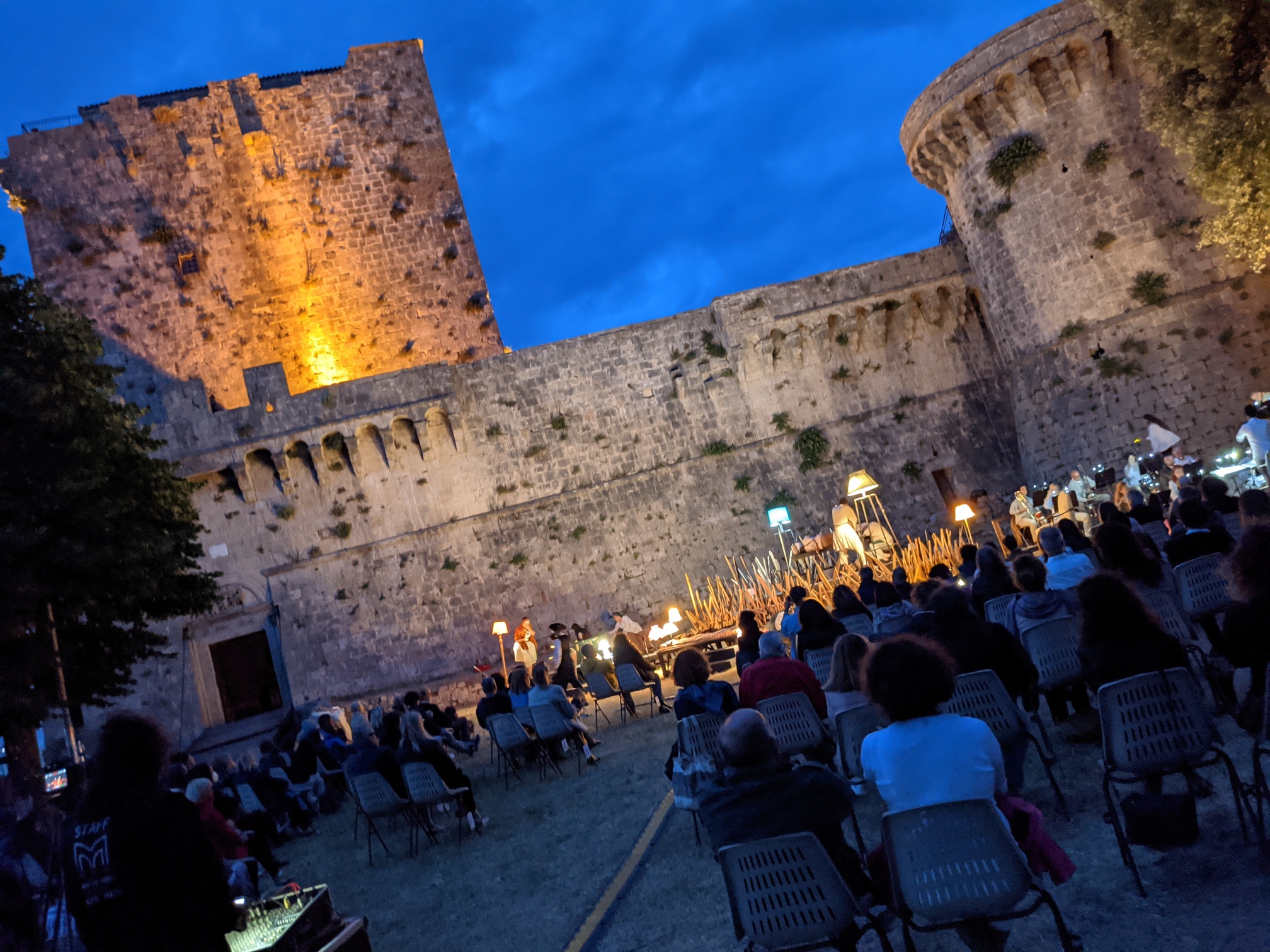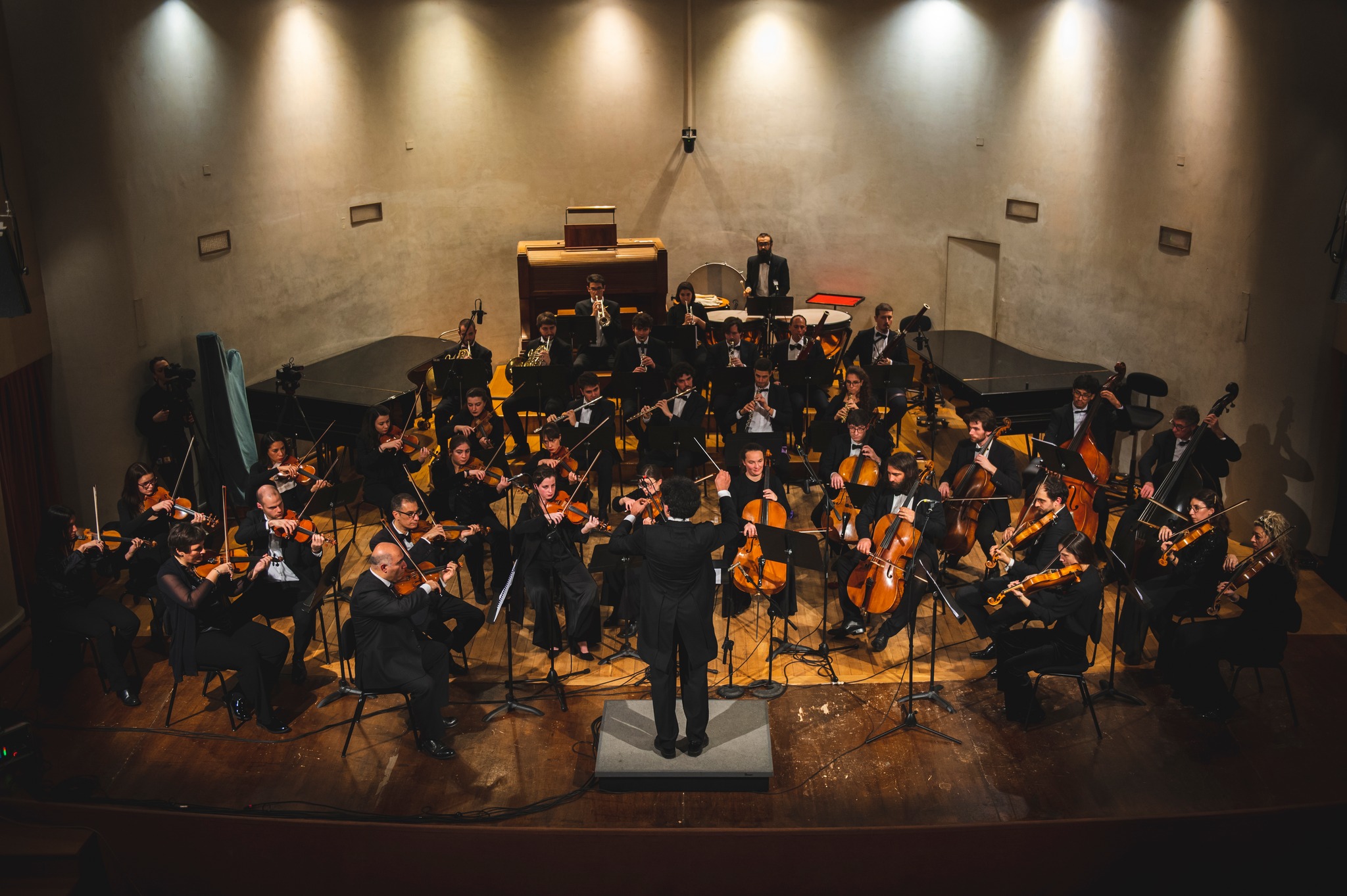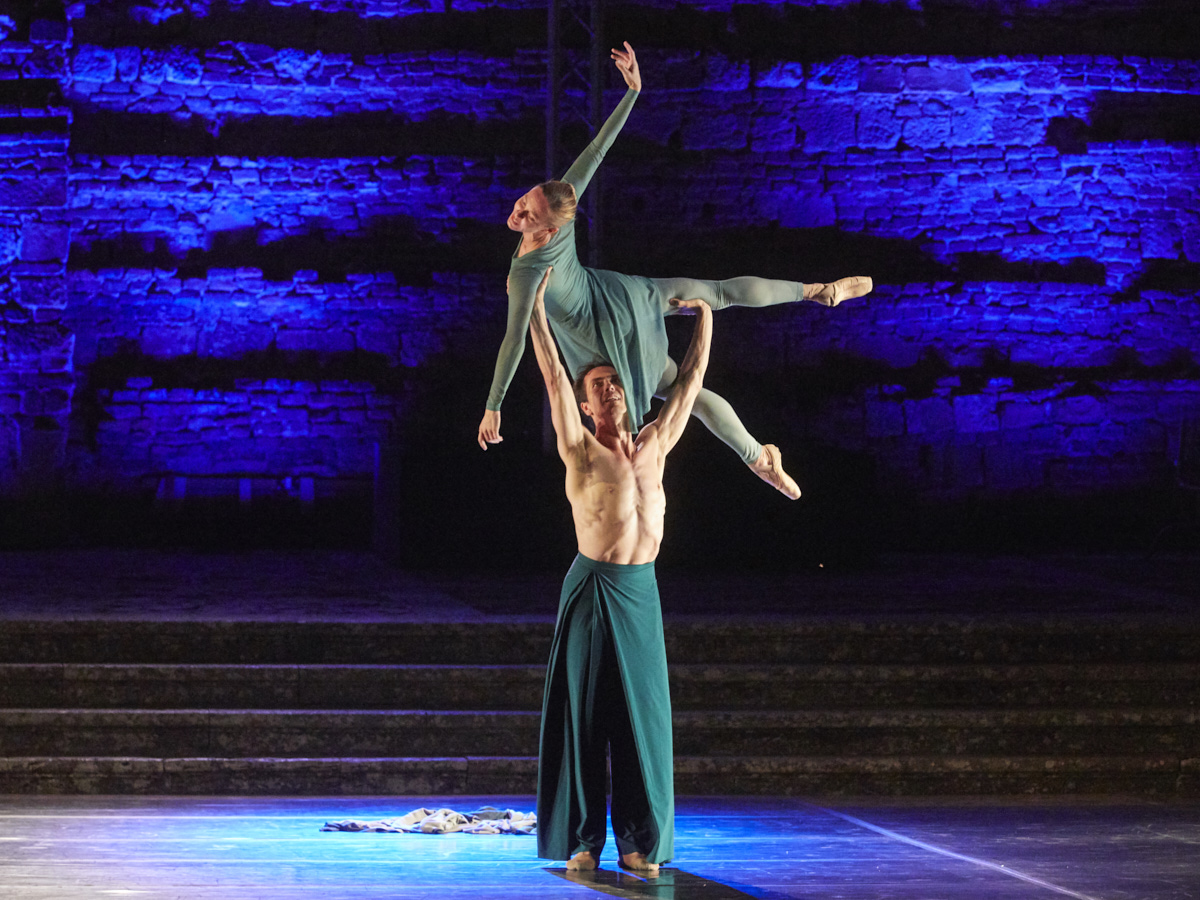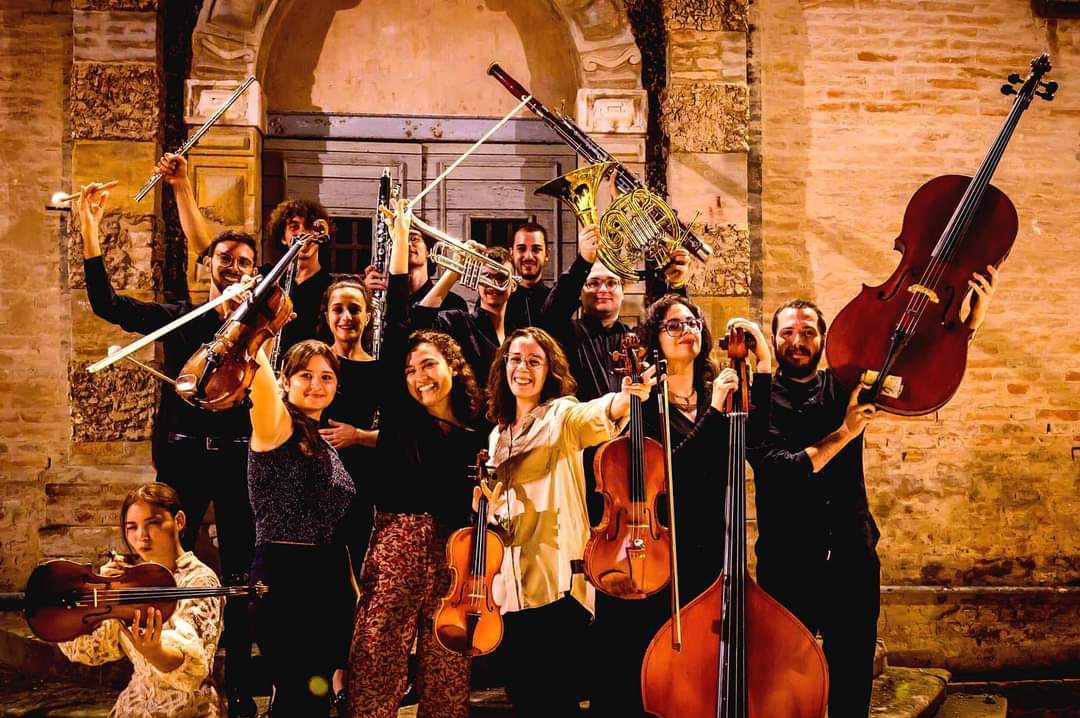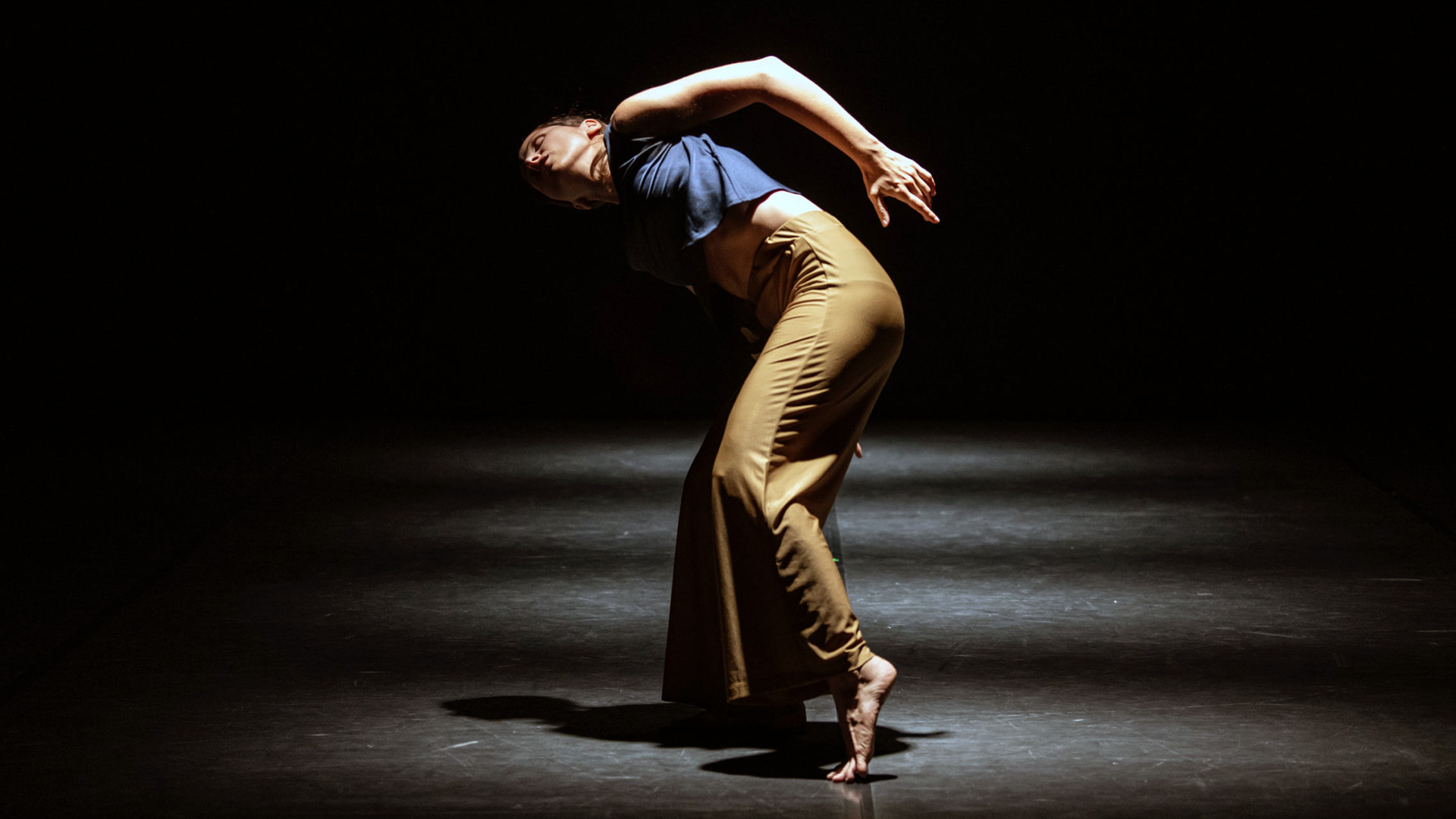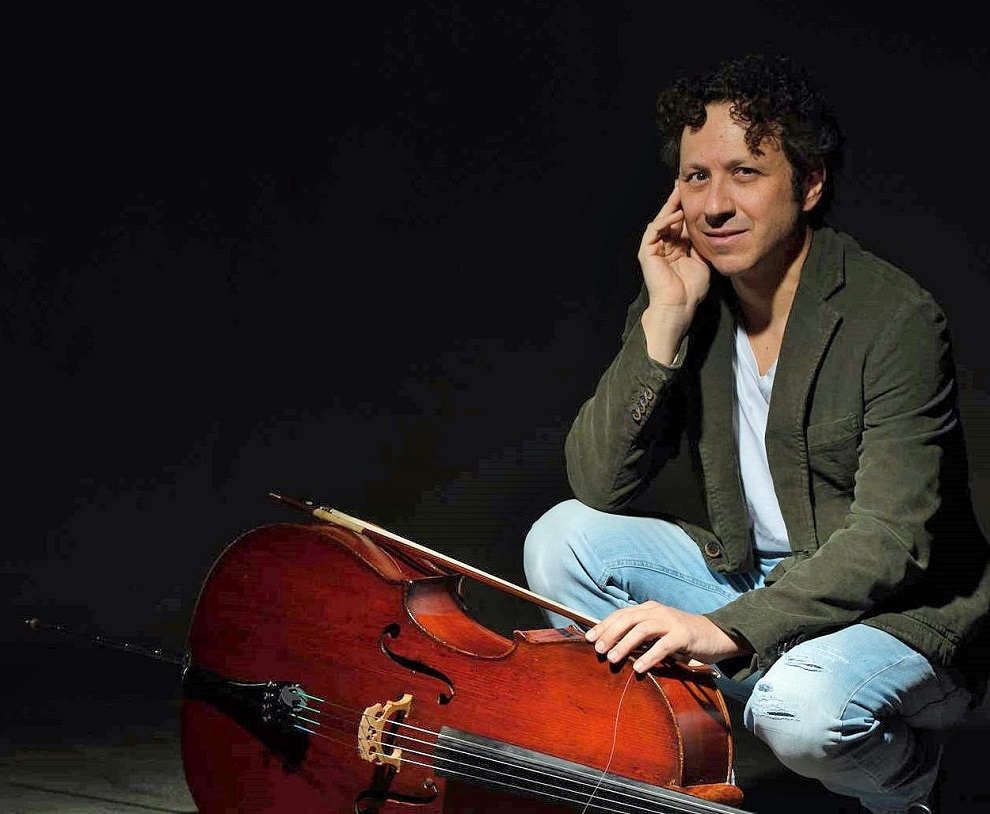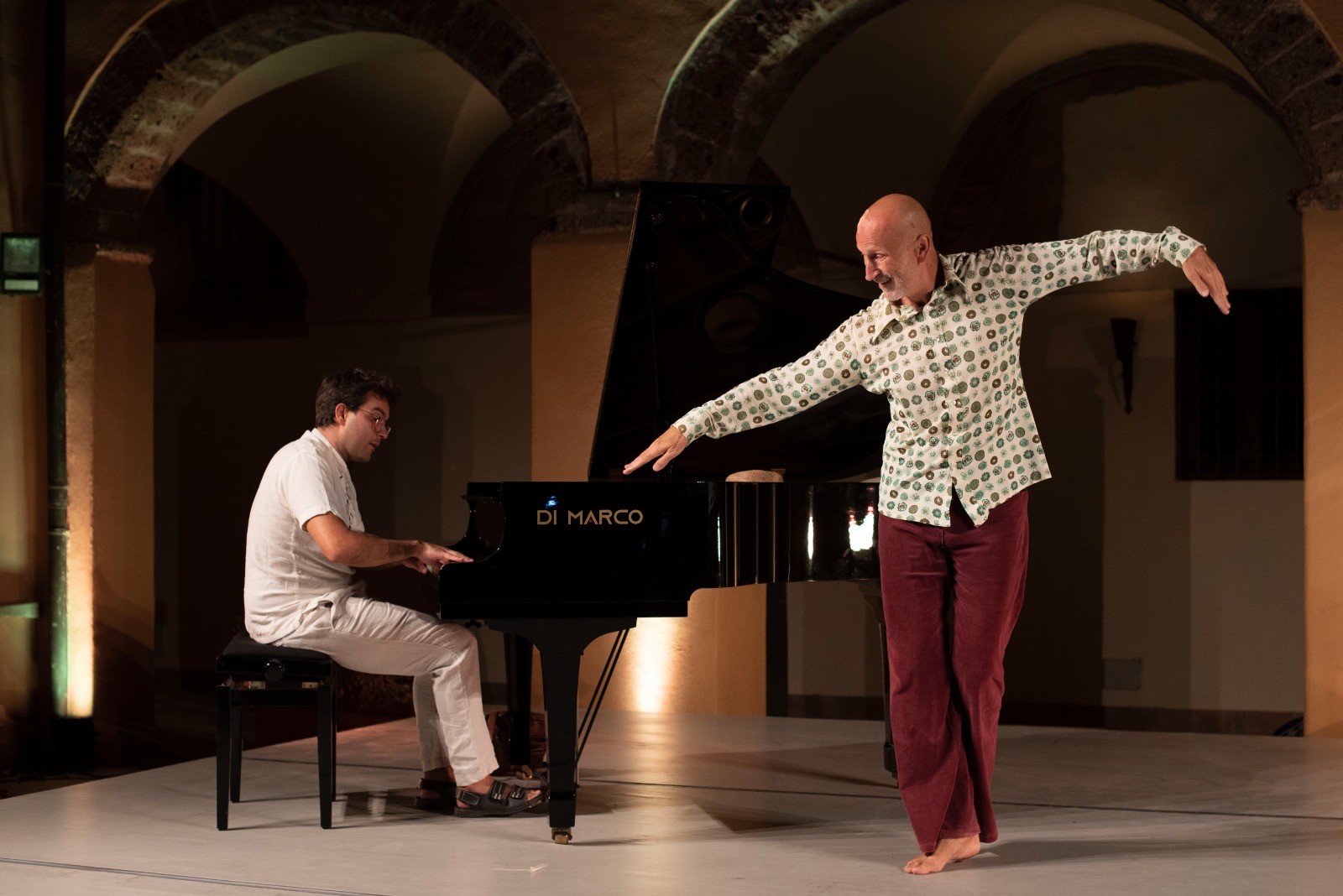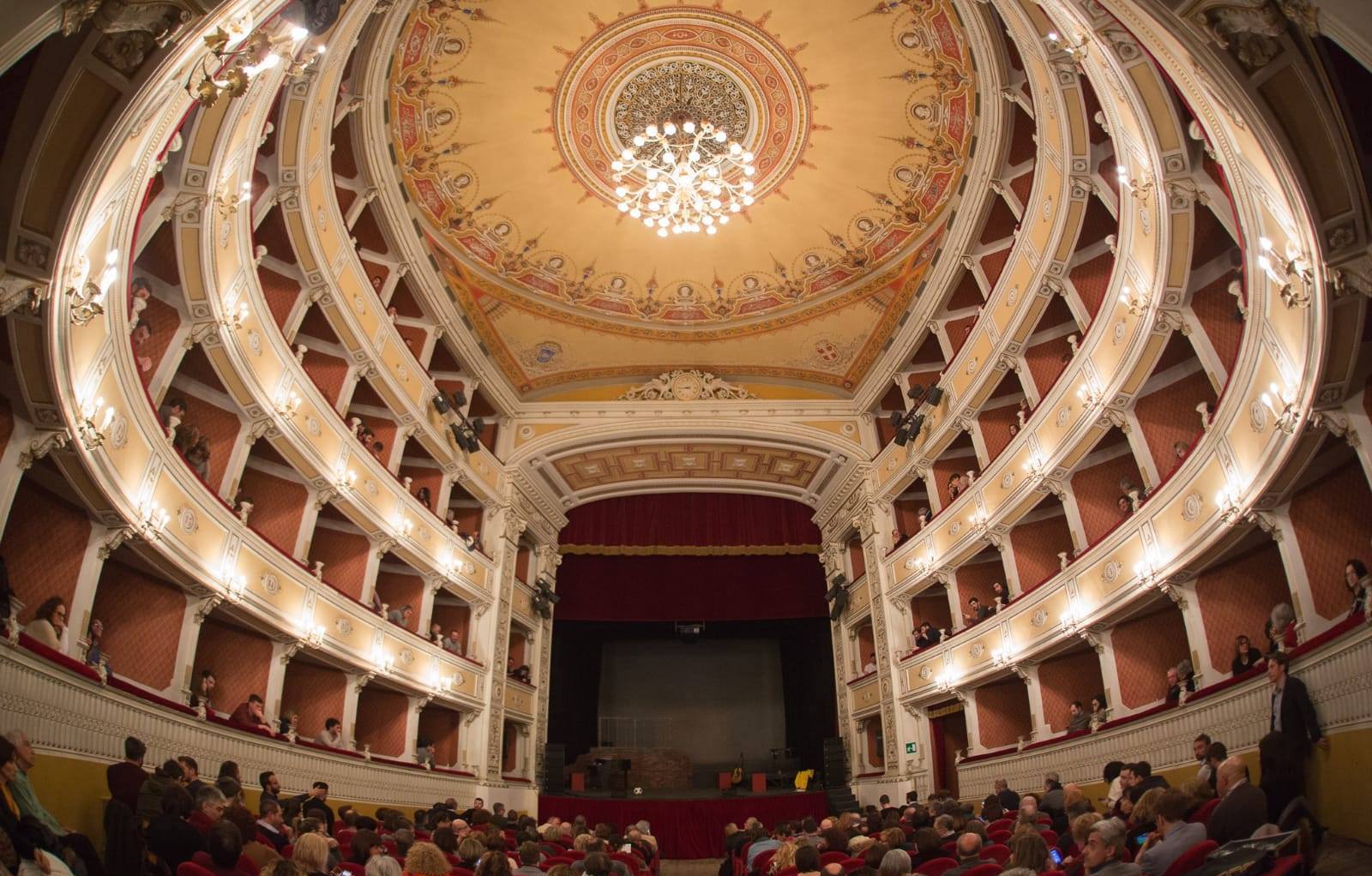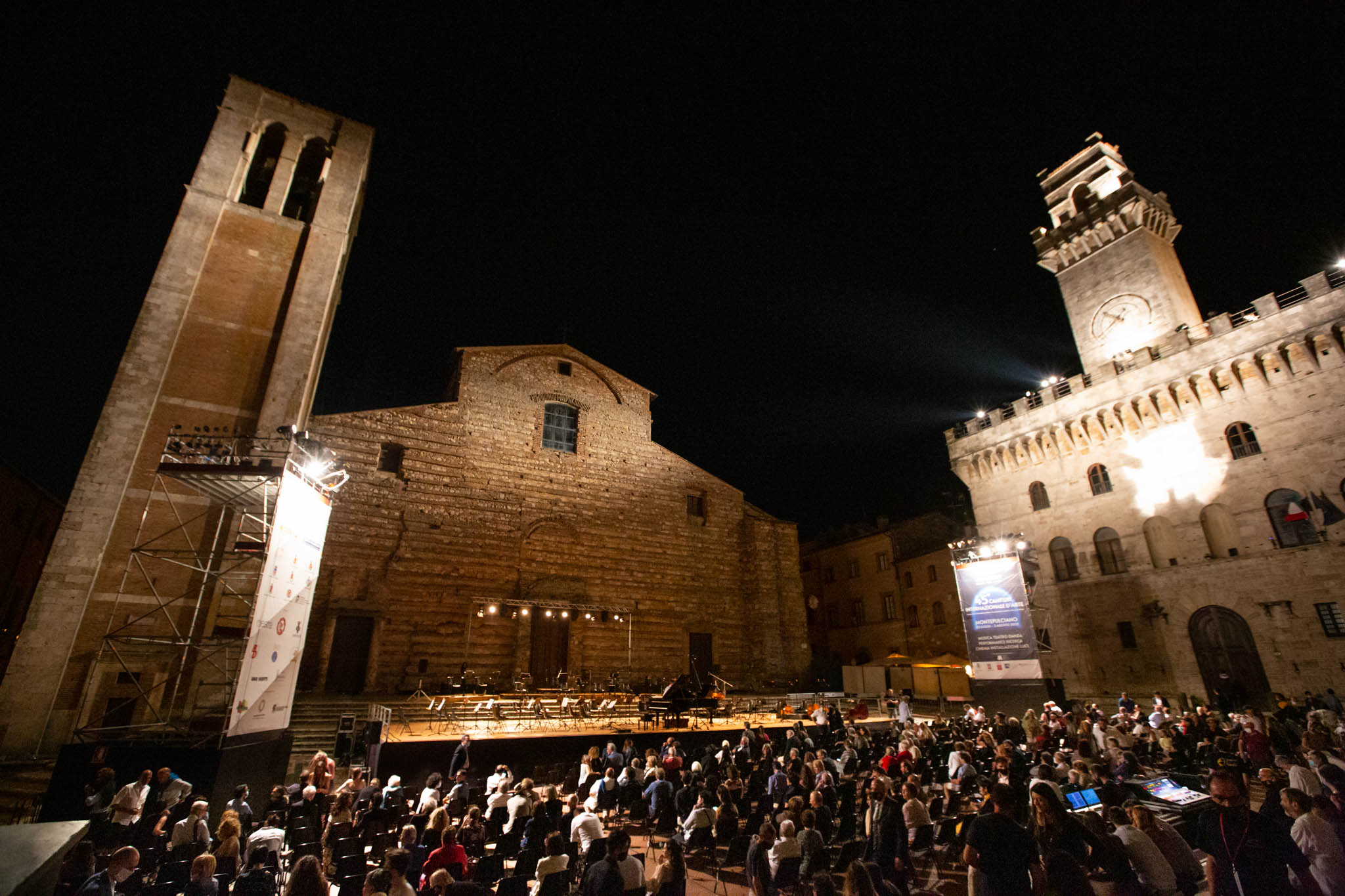DIVAGAZIONI MUSICALI SU LEZIONI AMERICANE
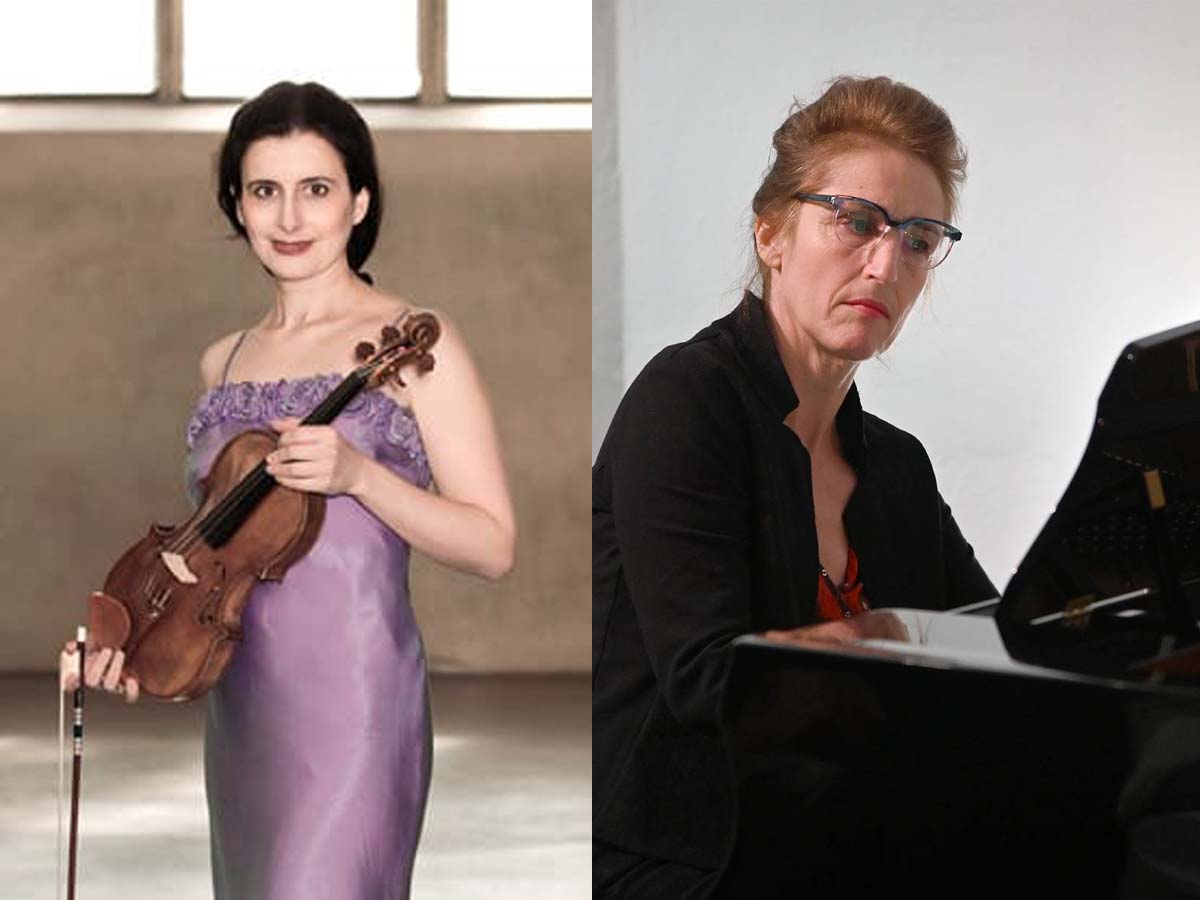
MONTEPULCIANO - Salone di Palazzo Ricci
Mercoledì 19 luglio, ore 21.30
DIVAGAZIONI MUSICALI SU LEZIONI AMERICANE
Omaggio a Calvino nel centenario dalla nascita
Florence Millet pianoforte
Ariadne Daskalakis violino
in collaborazione con Ateneo Renano (Kolleg der Künste) / Palazzo Ricci - Accademia Europea di Musica e Arte Montepulciano
PROGRAMMA
Ouverture
Wolfgang Amadeus Mozart (1756-1791)
Sonata n. 21 in mi minore KV 304 per violino e pianoforte
Allegro
Tempo di Minuetto
Leggerezza
Sebastian Gottschick (1959)
Choräle per violino e pianoforte
Esattezza
Luciano Berio (1925-2003)
Sequenza IV per pianoforte
Rapidità
Miroslav Srnka (1975)
That long town of White to cross per violino solo
Visibilità
Simone Cardini (1986)
Nelle diffrazioni di Valdrada per violino e pianoforte
(prima assoluta)
Molteplicità
Claude Debussy (1862-1918)
Sonata n. 3 per violino e pianoforte L 148
Allegro vivo
Intermède - Fantasque ed léger
Finale - Très animé
Coerenza
Rebecca Saunders (1967)
Duo per violino e pianoforte
in collaborazione con Ateneo Renano (Kolleg der Künste) / Palazzo Ricci – Accademia Europea di Musica e Arte Montepulciano
___________________________
Tutta la grande musica racchiude idee, gesti e colori. Nella sua complessità, la musica spesso sfida ogni singolo titolo o associazione. Ciononostante, siamo riusciti ad associare concetti specifici – ispirati a Calvino – a ogni piece del nostro programma.
La Sonata in mi minore di W.A. Mozart costituisce l'introduzione al programma. Nel contesto del periodo della musica classica, Mozart presenta un tema chiaro e delineato che illustra l'essenza di specifici intervalli, e ritorna più volte in forme diverse grazie all’accompagnamento. Nel corso del movimento l'affermazione geometrica si trasforma in una bellissima aria. Al contrario, il secondo tema gioca con elementi ritmici. Il successivo e ultimo movimento è un grazioso minuetto con un trio etereo. Ancora una volta, l'innocente tema iniziale è ingannevole. Entrambi i movimenti, infatti, sembrano semplici all'inizio, ma poi rivelano complessità e grande profondità.
L’atmosfera eterea continua con i due corali di Sebastian Gottschick (*1959): entrambi sono basati su inni di Martin Lutero. La melodia di "Aus tiefer Not" (Da una profonda sofferenza) si estende su ampi intervalli del violino, che sembrano a volte grida disperate. In "Mit Fried und Freud" (Con pace e gioia), l’autore fa riferimento all’accettazione della morte come volontà divina. In questo corale ogni riga della prima strofa è presentata in un contesto musicale diverso. Il confortante "dolce e tranquillo" ricorre più volte. La leggerezza e la trasparenza di questa musica gli dona una espressività ed una profondità uniche.
Luciano Berio ha composto ben quattordici "Sequenze", per diversi strumenti solisti e per il canto. La Sequenza IV per pianoforte trae una particolare energia da ritmi complessi e percussivi su accordi sostenuti dal pedale. L'uso indipendente e tuttavia molto preciso dei tempi e dei motivi cordali giustappone e coordina i concetti di armonia e ritmo.
Il titolo di Miroslav Srnka’s “The long town of white to cross" si riferisce a una poesia di Emily Dickinson (1830-1886). Parla di un lungo inverno, come metafora della morte. Miroslav Srnka stabilisce una ulteriore connessione con il Requiem di Anton Dvorak, per altro citato. Srnka crea suoni a piu livelli con l'aiuto di armoniche multifoniche. Passaggi rapidi e aleatori si fanno sempre più concitati, finché finalmente scende una vasta quiete, che si distende come un manto di neve.
Richiamiamo qui l’attenzione sul nuovo lavoro di Simone Cardini, che attualmente studia composizione con Miroslav Srnka alla Hochschule für Musik und Tanz di Colonia. Il processo creativo sarà certamente evidente a tutti.
La Sonata di Claude Debussy crea fantasia e magia grazie al rigore della sua struttura. Nell'ambito delle forme classiche della sonata-binario e del rondò, vengono impiegati elementi barocchi come l’emiolia e il chiaroscuro, combinati con improvvisi cambiamenti armonici e cascate virtuosistiche. I gesti musicali aprono un ampio orizzonte nel primo movimento e diventano particolarmente teatrali nel secondo. Il terzo movimento riunisce tutti gli elementi virtuosistici e colorati. Usando tecniche tradizionali, Debussy ha creato un nuovo linguaggio senza tempo.
Il Duo di Rebecca Sounders sperimenta con i colori - la struttura e la consistenza del suono - in ogni strumento sia separatamente che in combinazione con l’ altro. Il potenziale dei colori sonori viene esplorato attraverso varie tecniche con entrambi gli strumenti, compresi glissando armonici e cluster microtonali nel violino. Il risultato è un viaggio atmosferico che conduce a un forte climax seguito da una coda trascendentale. Rebecca Saunders descrive: "Quando compongo immagino di tenere i suoni e i rumori tra le mani, di sentire il loro potenziale tra i palmi, di soppesarli. Da qui si sviluppano trame scheletriche e gesti musicali. Poi, come quadri disposti in una grande stanza bianca, li metto in silenzio, accanto, sopra, sotto e l'uno contro l'altro". Ariadne Daskalakis
All great music encompasses many ideas, gestures and colors. In its complexity music often defies any single title or association. And yet we were able to associate specific concepts – inspired by Calvino - with each piece on our program.
Mozart’s e-minor Sonata opens the concert. Within the context of the classical music period, Mozart presents a clear, delineated theme which illustrates the essence of specific intervals, returning several times in different guises thanks to the accompaniment. Over the course of the movement it develops from a geometric statement to a beautiful aria. In contrast, the second theme plays with rhythmic elements. The next and final movement is a graceful minuet with an ethereal trio. Again, the innocent beginning theme is deceptive. In fact, both movements seem simple at the start, but then reveal complexity and great depth.
The ethereal mood is continued in the two Chorales by Sebastian Gottschick. Both are based on hymns by Martin Luther. In „Aus tiefer Not“ (“From Deep Suffering”) the violin melody is spread over extremely wide intervals, like desperate cries. “Mit Fried und Freud” (“With Peace and Joy”) refers to the acceptance of death as God’s will. In this chorale each line of the first verse is presented in a different musical context. The comforting line “sanft und stille” (“gentle and still”) keeps recurring. The lightness and transparency of this music gives it a unique expressivity and depth.
Luciano Berio composed fourteen "Sequenzas", for various instruments and for voice. The Sequenza IV for Piano derives a special energy from complex, percussive rhythms over chords sustained by the pedal. The independent and yet very exact use of tempi and chordal motives both juxtaposes and also coordinates the elemental concepts of harmony and rhythm. The title of Miroslav Srnka’s „the long town of white to cross“ cites a poem by the American poet Emily Dickinson (1830-1886). The poem describes a long winter as a metaphor for death. Miroslav Srnka draws a further reference to Anton Dvorak’s Requiem, which is also quoted in the piece. Srnka creates multi-layered sounds with the help of multiphonic harmonics. Rapid, aleatoric passages become more and more excited, until finally a vast quietness descends, which spreads out like a blanket of snow. We look forward in this program to premiering a new work by Simone Cardini, who currently studies composition with Miroslav Srnka at the Hochschule für Musik und Tanz Köln. The process of creation and discovery are made visible for one and all. Claude Debussy’s Sonata creates fantasy and magic through the use of a clear and stringent structure. The three movements implement respectively the classical Sonata, binary and Rondo forms. Baroque techniques like hemiola and chiaroscuro give rhythmic tension and specific colors; these are combined with virtuosic cascades and sudden harmonic changes. The musical gestures of the first movement present a wide palette of colors and images; in the second movement they become strongly theatrical. The third movement brings all the virtuosic and colorful elements together. Using traditional techniques, Debussy created a new, timeless language. Rebecca Sounders’ Duo experiments with the colors – the texture and consistency of sound – both in each instrument separately and also combined. The potential for sound colors is explored through various techniques in both instruments, including glissandi and microtonal clusters. The result is an atmospheric journey which increases in intensity until finally reaching a transcendental coda. Rebecca Saunders describes: “When composing I imagine holding the sounds and noises in my hands, feeling their potential between my palms, weighing them. Skeletal textures and musical gestures develop out of this. Then, like pictures placed in a large white room, I set them in silence, next to, above, beneath and against each other.” Ariadne Daskalakis
Sebastian Gottschick
Choräle
Dagli Inni di Martin Lutero
Aus tiefer Not schrei ich zu dir,
Herr Gott, erhör mein Rufen.
Dein' gnädig' Ohren kehr zu mir
und meiner Bitt' sie öffen;
denn so du willst das sehen an,
was Sünd' und Unrecht ist getan,
wer kann, Herr, vor dir bleiben?
Loose translation:
I cry from my deep suffering
God, hear my calls
Give me your merciful ear…
Mit Fried und Freud ich fahr dahin
in Gotts Wille;
getrost ist mir mein Herz und Sinn,
sanft und stille,
wie Gott mir verheißen hat:
der Tod ist mein Schlaf worden.
Loose translation:
With peace and joy I go there
My heart and mind are comforted
Gentle and still
As God has told me
Death becomes my sleep
Luciano Berio
Sequenza IV per pianoforte
Sequenza scritta da Edoardo Sanguineti per la Sequenza IV di Berio
Sequenza IV (1965)
mi disegno contro i tuoi tanti specchi, mi modifico con le mie vene,
con i miei piedi: mi chiudo entro tutti i tuoi occhi
I draw myself against all your many mirrors, I transform myself with my veins,
With my feet: I shut myself up inside all your eyes
Miroslav Srnka
That long town of White to cross
It cant be "Summer"!
Emily Dickinson (1830-1886):
It cant be "Summer"!
That - got through!
It's early - yet- for "Spring"!
There's that long town of White - to cross -
Before the Blackbirds sing!
It cant be "Dying"!
It's too Rouge -
The Dead shall go in White -
So Sunet shuts my question down
With Cuffs of Chrysolite!
Rebecca Saunders
Duo
Gertrude Stein on her book Ida, 1941 (Suhrkamp Verlag)
"...a person who demands attention purely by her being there...
processes of development are not unfolded, but instead "conditions of being" are presented in hard-edged sections that cut into each other.
...figures that did nothing but simply were."
Nota sul brano Nelle diffrazioni di Valdrada per violino e pianoforte
Valdrada è due città in una: la città reale e il suo riflesso nel lago, in uno specchio. E quello specchio mostra e riflette, implacabile, ogni cosa: rende visibile anche quello che vorremmo nascondere agli altri e, talvolta, a noi stessi. La città originale e il suo riflesso si condizionano vicendevolmente e l’azione (o la narrazione d’una vita), finiscono scomposte in tasselli, in gesti.
Agire torna a essere possibile unicamente indagando l’instabilità del gesto che genererà quel riflesso innaturale, in ogni sua diffrazione. Il brano è uno studio sulla frammentazione. Simone Cardini
Note about the piece Nelle diffrazioni di Valdrada per violino e pianoforte
Valdrada is two cities in one: the real city and its reflection in the lake, in a mirror. And that mirror shows and reflects, relentlessly, everything: it also makes visible everything we would like to hide from others and, sometimes, from ourselves, too. The original city and its reflection affect each other and the action (or the narration of a life), end up broken up into pieces, into gestures. Action is possible again only by investigating the instability of the gesture that will generate that unnatural reflection, by peering every diffraction. The piece is an étude on fragmentation. Simone Cardini
 Sostieni i progetti
Sostieni i progetti Amministrazione Trasparente
Amministrazione Trasparente Contatti
Contatti

